How it all began: the history of the soldering iron and the emergence of modern tools

Soldering iron of the second half of the XIX century, which was heated on the fire
Pike is known to man about 4 thousand years - this is historically proven. At different times, different nations soldered gold, silverware and objects from other metals. All soldering irons prior to the invention of the electric were designed for heating by open fire. While the master worked with one soldering iron, the second heated with the help of a flame - this was how the problem of continuity of work was solved. Everything changed after the electricity became familiar, and the inventors began to create devices that operate on electric current.
The first electric soldering iron
In 1896, Richard Schneider and August Tinnerholm received a patent for an "electric heating apparatus," now known as a soldering iron. This tool has become known under the American Beauty brand, and the company that produced these soldering irons is still working. But it was piece devices.
The General Electric soldering irons were also a piece of paper - the company received a patent for such a device in 1910.
')

A little later, General Electric presented an improved version of the soldering iron, equipped with a retainer, which held the soldering iron when the master did not hold it.


The rack was equipped with a radiator, so that it absorbs the heat generated by the soldering iron and dissipates it into the surrounding space.
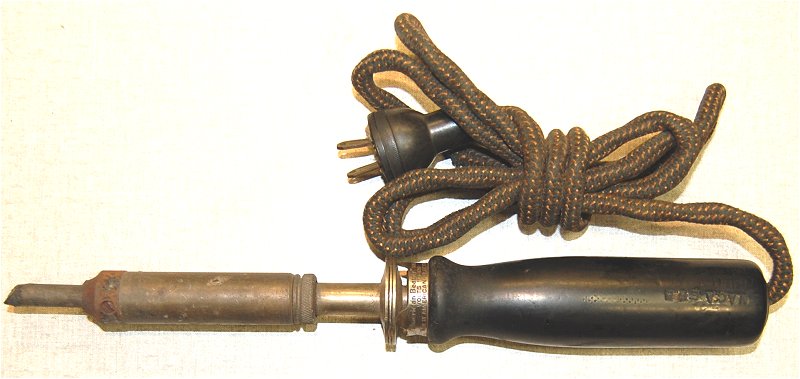
American Beauty Soldering Iron from 1947 - here it has a very recognizable form
How soldering irons became popular
The person who made the soldering iron popular and widespread was Ernst Sachs - a German engineer who created a soldering iron for the industry (initially for manufacturers of metal utensils and other products, and only then for electrical engineering). It can be called the progenitor of electronics, since the creation of portable electronic devices is impossible without soldering.
Sachs patented his invention in 1921. His first soldering iron, the H-1, was of the “hammer” type and was intended primarily for tin work. The device became popular, and Sachs founded the ERSA company, gradually distributing a soldering iron throughout Europe. Thanks to his entrepreneurial abilities, the soldering iron began to be sold in previously unseen volumes.
Sachs invention became the basis for further modifications of the “electric heating device”, both by ERSA and third-party manufacturers.
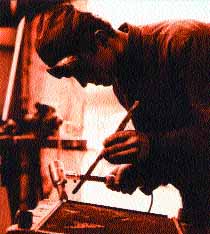 In 1926, William Alferink received a US patent for a soldering station - it was the first system of this type in the history of soldering irons.
In 1926, William Alferink received a US patent for a soldering station - it was the first system of this type in the history of soldering irons.In 1946, Carl Weller received a patent for a soldering gun . He opened the Weller Manufacturing Company in Pennsylvania, which began to supply its products to companies and individuals.
In 1949, American Beauty released a system that allowed you to adjust the temperature of the soldering iron when it was connected to this system.
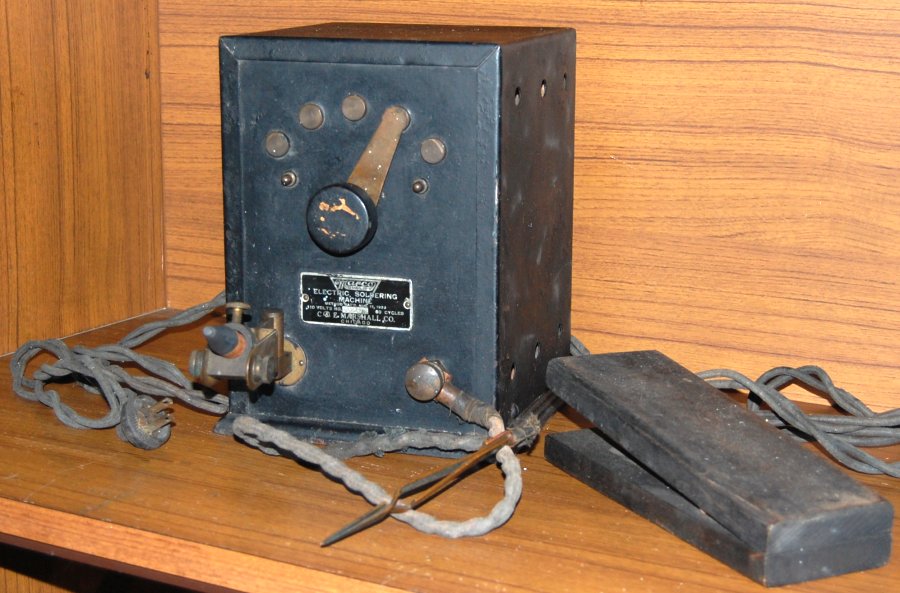
In 1951, the company WEN Products was founded, which began to produce its own soldering irons. It became popular, and in 1954 the first trial took place between the Weller Manufacturing Company and WEN Products. The head of the first company blamed the second for patent infringement. He won the trial .
In 1960, Weller Manufacturing received a patent for a thermostatically controlled soldering iron , after which the golden era of soldering irons began.
Modern soldering irons
Varieties of soldering irons set. They are classified according to the method of heating, power and other parameters.
By type of heating, soldering irons are divided into soldering irons with periodic and constant heating.
Soldering irons with periodic heating:
- hammer and face. Just these soldering irons, representing a massive working tip, which is fixed on a long handle, appeared thousands of years ago. They exist now, they are heated by gas or gasoline burners;
- arc soldering iron. Such soldering irons are heated by an electric arc, which is periodically generated between the carbon electrode inside the soldering iron and its tip. Typically, such a soldering iron weighs at least a kilogram, and the system heats up to a temperature of 500 ° C. Power consumption - 1.5–2 kW.
Soldering irons with constant heat:
- electric - they are heated with the help of an electric heating element working from the electrical network, from a step-down transformer or batteries;
- gas - they have a built-in gas burner that heats the sting. Gas comes from a container with a liquefied gas or a large cylinder through the hose;
- fuel - the principle of operation is similar to gas, only instead of gas is liquid fuel;
- hot air - creates a constant stream of hot air, which melts the solder;
- infrared - heating occurs using infrared radiation.
In electronics and electrical engineering, electric soldering irons are most often used. They differ in power.
The most powerful soldering irons

As a rule, these are hammer systems with a power of about 550 watts. The weight of such soldering irons is 1.5–2 kg, they heat up to 600 ° C. Use them for hard work, as well as for burning on wood, leather and plastic.
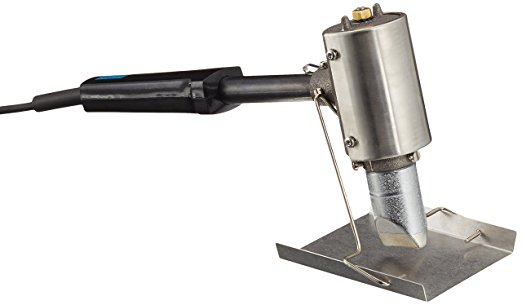
The Ersa 550 is a typical member of the powerful soldering iron family. This is a hammer soldering iron with a power of 550 W and a weight of 2.3 kg. It costs, by the way, about 26 thousand rubles. Designed for sheet metal processing, installation and soldering of collectors and copper tires.
High and medium power soldering iron
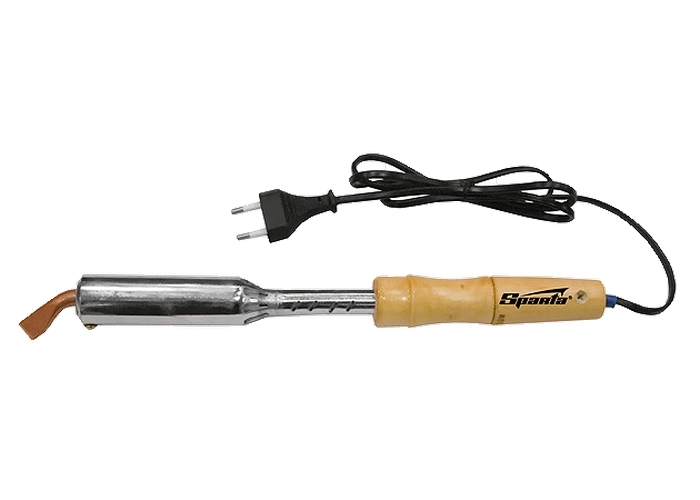
Such soldering irons are usually used by electricians for 40–150 W. A typical representative of this “family” is the ERSA-150 soldering iron, which weighs 245 g and heats up to 450 ° C. The tip of a powerful soldering iron can be either curved or wedge-shaped or tapered.
Soldering irons of increased and average power are used both for working with wires and for processing glass or other materials.
Low power and micro soldering iron
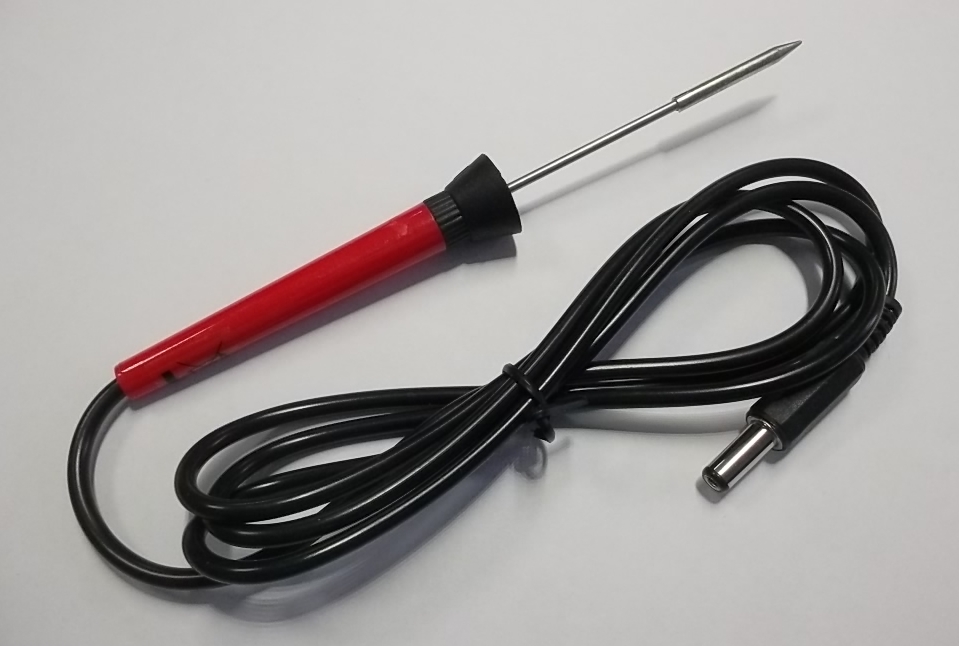
The power of such soldering irons is 5–25 W. They are used for working with electronic equipment: from micro-soldering to working with wires or elements that are clearly visible without a microscope or magnifying glass. These soldering irons usually have a variety of replacement tips. Some models have an LCD display, which displays the temperature of the sting and the mode of operation of the device. Also, most models are equipped with a thermostat.
A bright representative of the family micro soldering iron - model TS-100.
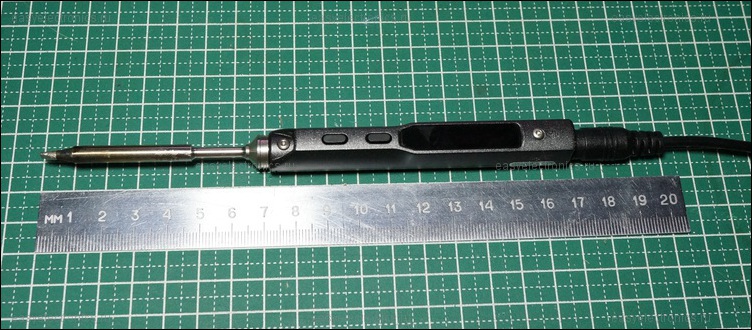
Its weight is only 35 grams, length - 17 cm. There is an LCD display for displaying important information like temperature and operating mode.
Not just electronics. What else can you do with a soldering iron?
In addition to soldering electronic components and wires, a soldering iron can be used to solder metal products, plastic, and work with glass, including organic.
Tin sheet soldering
This is a frequent process in the manual manufacture of metal containers. In addition, soldering helps to bond iron sheets together, and the design can be made airtight. For soldering iron with tin, you need a hammer soldering iron, solder with a small concentration of tin, flux and an awl.
When such soldering is performed, the flux acts as both a solvent and an oxidizing agent. When the metal is heated, it is wetted and protected from oxidative processes. Well, as a flux, you can use rosin and hydrochloric acid, or zinc chloride and boric acid.
For soldering iron or tin, you need an electric soldering iron with a capacity of more than 40 watts. As for soldering irons, which are heated by fire, they are no longer used.
Galvanized iron and wire can also be soldered.
Plastic soldering
A soldering iron can be useful for a motorist to eliminate cracks or dents on the bumper or elements of a plastic object. In a normal situation, removing the bumper is not so easy, and replacing is expensive. Repairing plastic parts of a car is possible without dismantling them.

Plastic can be soldered using a soldering iron with a straight or curved tip, this method allows even fragments to be joined together. The second option is a heat gun, which not only solders the details, but also makes it possible to straighten the deformed parts. And the third option is a soldering station, which includes the advantages of the first two options.
A soldering iron can repair almost any damaged plastic parts, not only for cars. Bicycles, motorcycles, snowmobiles, home appliances - everything can be repaired with a soldering iron.
Soldering and cutting glass
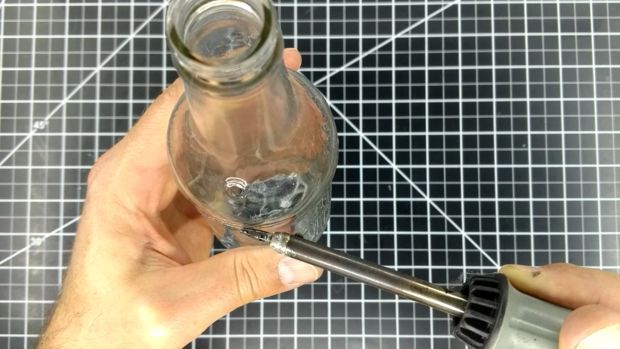
Specialized soldering irons can be used to solder art stained glass. For this, in addition to soldering irons, soldering flux and ointment for soldering is required. The difference between "glass" soldering irons and ordinary ones is the impossibility of replacing the tip.
In addition to soldering glass, a soldering iron can also be used to cut glass products. To do this, you need to gradually move the soldering iron along the line of the planned cut, so that the glass will crack (only a few millimeters in the sting zone). After passing the soldering iron along the entire line, one part of the glass will separate from the other.
Fluxes and solders
Soldering of metals is impossible without flux and solder. The flux counteracts the oxidation of the contact surface and at the same time cleans this surface from the existing oxide film, so that the hot solder is in active contact with the metal. Divide the solder into soft (melting point below 300 ° C) and hard (300 ° C).
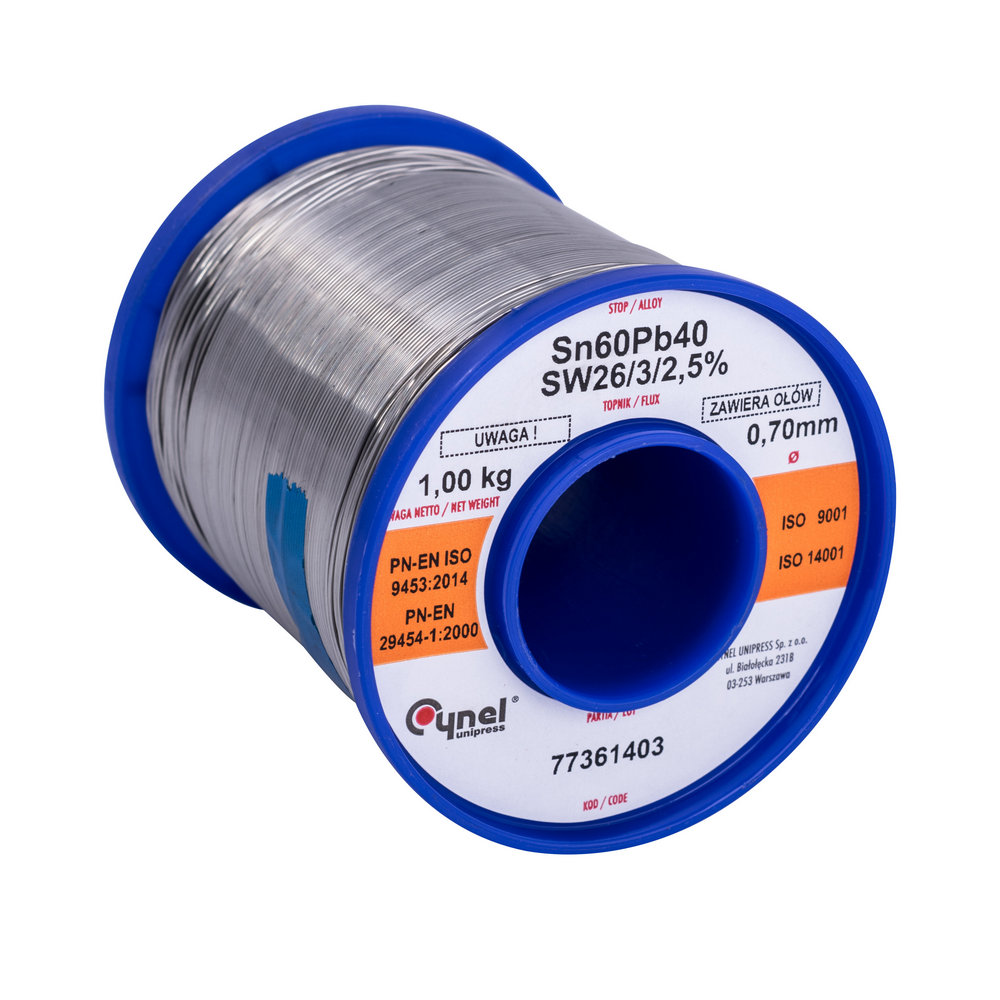
There are pure solders - for example, tin or lead, and there are multicomponent ones, which are most often used in modern electronics. All of them are used for soldering materials with different purposes (soldering parts that are sensitive to overheating, soldering the windings of electric motors, soldering printed circuits, etc.).
Well, even more fluxes. They can be of organic and inorganic origin, but their purpose most often is to remove oxides of brazed surfaces, reduce surface tension, and improve adhesion of liquid solder. Previously, there were few fluxes, mostly rosin. Now a wide range of fluxes is available to the owner of the soldering iron. The most popular flux is Amtech RMA-223, which is a mixture of rosin and solvent, EFD NC-D500 6-412-A Flux-Plus (rosin, solvent, activator), Interflux 2005 (also rosin, solvent, activator).

Fluxes of different types are needed in order to provide optimal conditions for soldering of different metals using different solders. Here, one rosin is no longer enough, yet it is the 21st century in the courtyard.
Source: https://habr.com/ru/post/452134/
All Articles